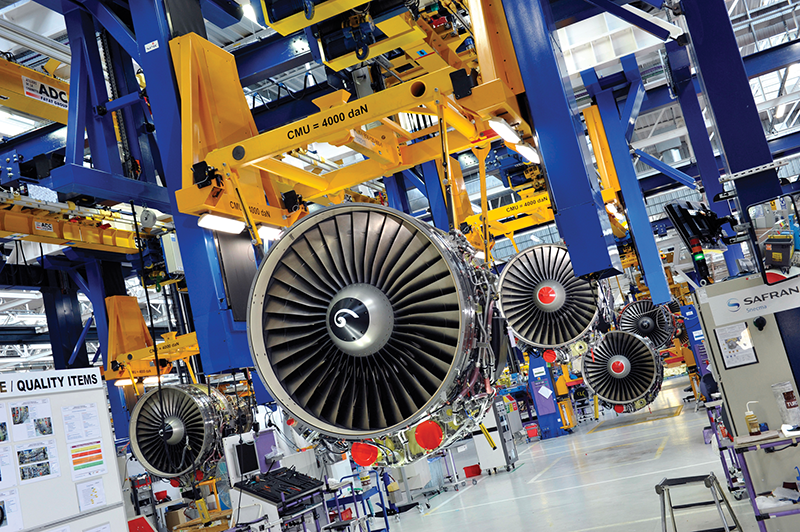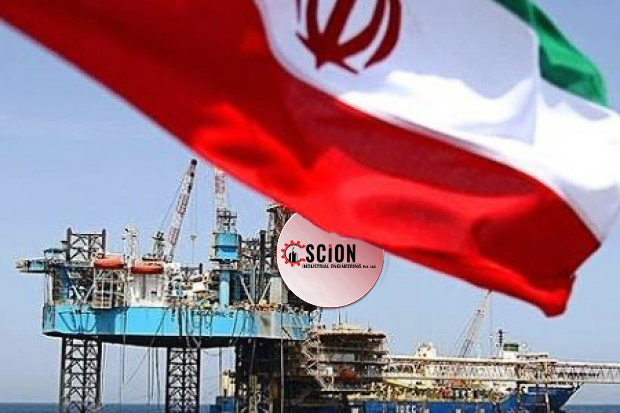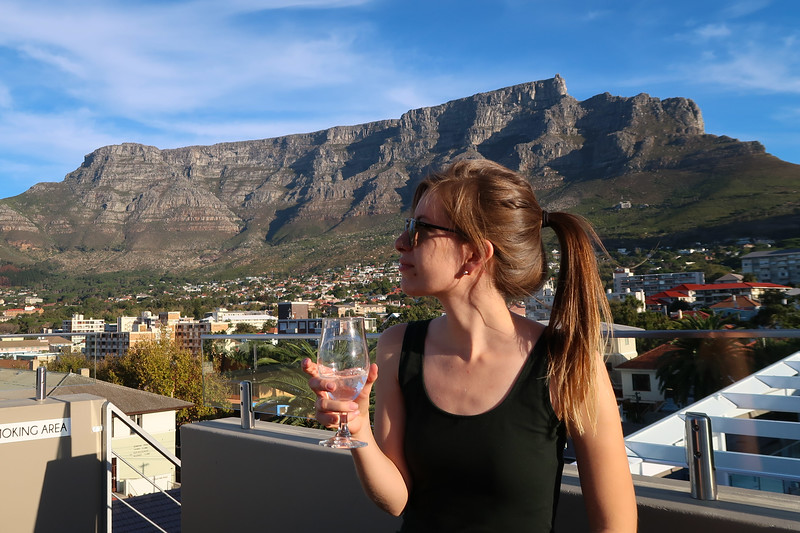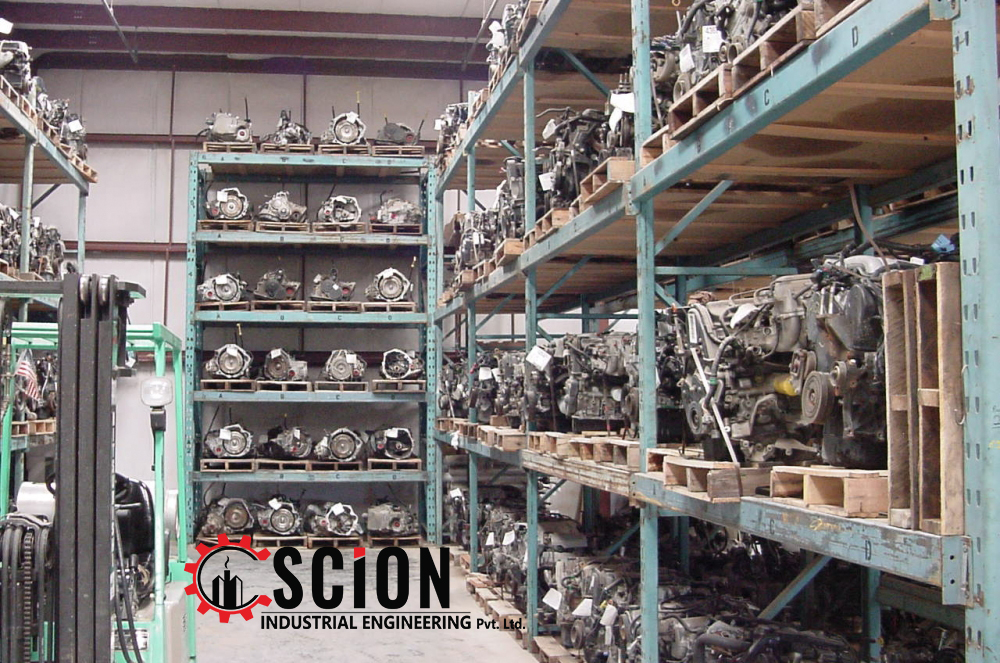Tehran is hosting a French-Iranian workshop on health, safety and environment in oil industry by late January where the latest trends in the field will be presented to senior oil and energy executives in Iran’s oil industry.
Director General of HSE and Passive Defense Directorate of the Iranian Ministry of Petroleum Bagher Mortazavi said the workshop, arranged with the participation of French oil and gas giants including Total and Axens, will brief managers and directors of Iran’s development projects on the latest global HSE trends in oil industry.
Speaking to Shana, Mr. Mortazavi said the workshop with be held with experts from reputable oil and gas companies in the world and the HSE field in France in attendance with the coordination of the Iranian Ministry of Petroleum’s International Affairs and Trading and HSE directorates.
“Today, more than any other time, there is a need to establish a professional health, safety and environmental system, and the study of incidents in oil industry and the identification of weaknesses and areas that can be improved are among the main goals of the workshop,” he said.
The official said that the estimated capacity for the workshop is about 200 participants, adding the workshop will be held in Tehran on January 29 and 30.
Mortazavi noted that the purpose of the workshop is to introduce operational managers and directors of development projects in Iran’s oil industry with the latest HSE approaches practiced by leading oil and gas heavyweights in the world, and said: “These workshops will tell the middle managers what approaches are in managerial and technical aspects to improve their HSE performance.”
According to him, the main audience of the workshop is operational managers, and directors of repairing, engineering, technical inspection, and HSE of manufacturing companies and managers of development projects of the oil industry.
He said the workshop’s lectures address the needs of today’s oil industry in the field of HSE.
“The 14 lectures during the workshop are designed to cover topics that shed light on the entire cycle of oil industry facilities from design to exploitation. HSE management and cultural promotion, safety engineering and risk management, prevention of major damage and management of physical assets and environmental issues are the main fields to be addressed by the lectures.”
He further said that representatives from TOTAL, AXENS, IFP, ARTELIA, B.V., SOFREGAS, KERDOS ENERGY, AMETHYSTE, GAS VIEWER, PATH CONTROL, and the French Oil Industry Safety Center (GESIP) are to attend the English-run workshop.
Mortazavi added that his directorate is planning a training program for the oil industry accident scene commanders in the near future.
Source:http://www.iran-bn.com/2018/01/18/workshop-to-review-hse-trends-in-oil-industry/










